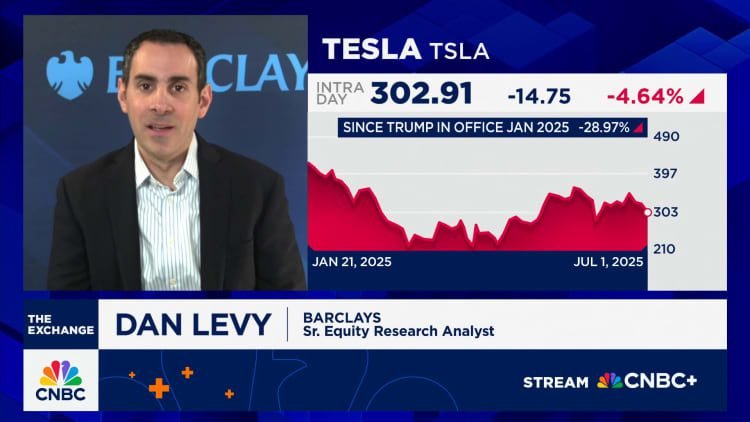End of EV Tax Credits: What You Need to Know
As the sunset on federal tax credits for electric vehicles (EVs) approaches, a surge in consumer interest is anticipated. This crucial change could make the upcoming months pivotal for potential EV buyers looking to leverage financial savings.
Importance of the EV Tax Credit
The tax credits, offering up to $7,500 for new EVs and $4,000 for used ones, will no longer be available after September 30. This significant cut could affect the affordability of electric vehicles, which already typically have higher price tags compared to their gasoline counterparts. Originally designed to spur EV adoption, these incentives were intended to last until 2032.
The unique circumstances surrounding this deadline have prompted experts to predict a notable increase in purchases of electric vehicles in the coming weeks.
Impending Rush to Purchase EVs
With the deadline approaching, analysts believe consumers will feel a heightened sense of urgency. Automakers and dealerships are expected to emphasize the benefits of purchasing an EV now, citing the impending loss of federal support. There is a strong belief that this could lead to increased promotional efforts aimed at driving sales before the credits vanish.
"Buy now, or miss out on the EV incentives," is likely to become a common refrain as dealerships work to capitalize on consumer urgency. It’s essential for potential buyers to act quickly, as they need to take possession of their vehicle by the end of September to qualify for the existing tax credits.
Saving Money While Going Green
Despite the higher upfront costs associated with EVs—averaging around $56,000 compared to roughly $49,000 for new gasoline vehicles—financial incentives can make a substantial difference. Buyers may find themselves eligible for various additional savings through state programs or utility company rebates, making the overall purchase more competitively priced.
This crucial financial backing is helping to bridge the price gap between electric and traditional vehicles. In June, average EV buyers received well over $8,400 in incentives, showcasing the attractive fiscal landscape currently available.
The Shift in EV Policy
Key legislative changes, including the Inflation Reduction Act, have been instrumental in promoting EV adoption through fiscal incentives. By aiding consumers financially, these tax credits have fostered a more competitive market for electric vehicles, prompting many to consider the long-term savings associated with reduced fuel and maintenance costs.
As the deadline nears, automakers are likely to promote compelling offers such as special financing options. Ford, for instance, has extended a complimentary home charger installation promotion through September 30, adding further value for consumers.
Key Considerations for Prospective Buyers
Begin Your Search Early
With the heightened demand expected as the deadline approaches, it’s wise for consumers to start their search for electric vehicles sooner rather than later. Early action could protect buyers from price increases due to potential supply constraints.
Explore Available Tax Credits
Researching local and federal incentives is crucial. Buyers can maximize their savings by layering various available incentives, effectively lowering their purchase price. This approach is especially beneficial in regions where gas prices are high and electricity rates are low.
Look Into Used EVs
For those concerned about initial costs, exploring the used EV market can provide valuable options. Used electric vehicles tend to offer competitive pricing and lower maintenance requirements compared to traditional gas-powered cars.
Leasing as a Viable Option
Consider leasing an EV as an alternative to buying. The leasing process often repurposes the complexities of tax credits, making these incentives accessible to a broader range of consumers. It’s important to review lease agreements carefully to ensure they reflect potential savings.
Opt for Immediate Tax Credits
Choosing to receive tax benefits at the point of sale, rather than waiting until tax season, can provide financial security for buyers. This option may simplify transactions amidst ongoing legislative fluctuations and keeps immediate finances intact.
Conclusion
With the EV tax credits set to expire soon, the window for purchasing an electric vehicle at a reduced cost is closing. Through research and early action, consumers can navigate this transitional phase effectively and capitalize on the benefits of adopting an electric vehicle today.
